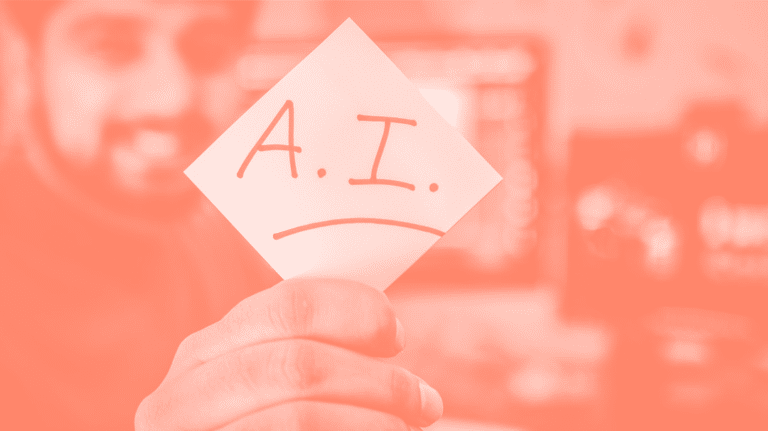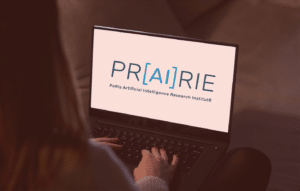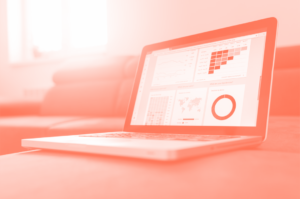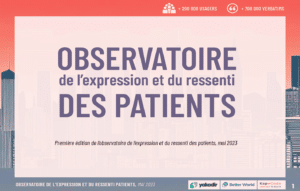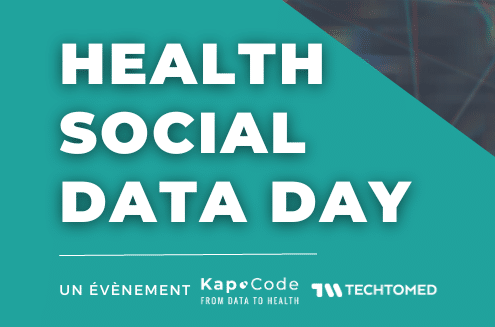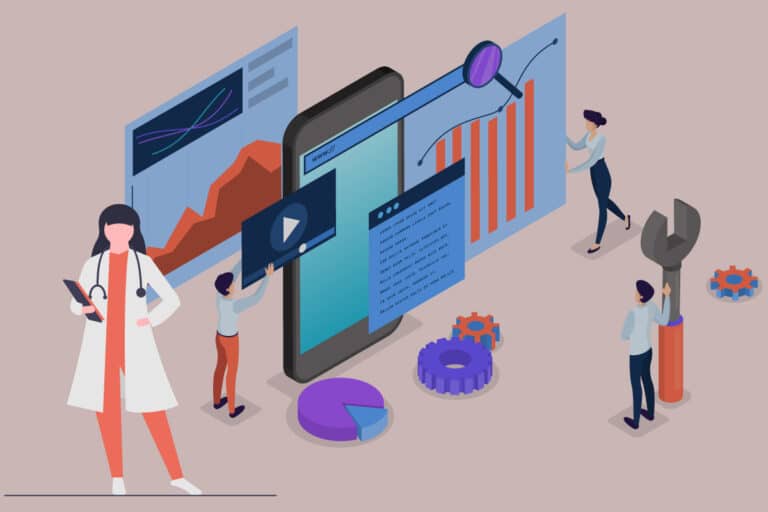Artificial intelligence, Big Data, e-health, etc. These terms are increasingly common in our lives, both professional and personal. Indeed, new technologies are bringing a deep change to the world and are now a part of our daily life, despite the concerns they may arise. Grown by pop-culture, nourished by the media, debated by legislators, these concerns are partiularly relevant to artificial intelligence (AI).
L’IA est un outil qui se développe progressivement et qui inquiète de par la puissance, réelle ou fantasmée, que nous lui attribuons. Ces peurs peuvent être à la fois concrètes, comme l’inquiétude d’une mutation du marché de l’emploi, ou plus subjectives et éthiques comme la perte de libre-arbitre, voire même la prise de pouvoir des machines sur l’homme. La conséquence directe est une tendance à mettre en opposition machines et humains, alors que leurs capacités respectives sont maximisées lorsqu’ils coopèrent. Dans cet article nous nous pencherons dans un premier temps sur l’intérêt de faire collaborer humain et IA, puis nous illustrerons nos propos en vous présentant comment cette alliance fonctionne aujourd’hui dans notre entreprise.
Why should humans and IA work together?
1. For technical reasons
To begin this article, it's important to take a look inside the technical realities of AI. Artificial intelligence is defined as "a set of theories and techniques used to build machines capable of simulating human intelligence".
These AI are mostly intended to assist us in repetitive tasks, or to increase our capacities. They are not intended to replace employees but to enhance the way they work: this is why experts tend to use the term "increased intelligence" more and more. Creating an AI working without human intervention is an expensive, long, complex investment, and not necessarily suitable for today's market, as shown for example nowadays with the development of autonomous cars (the most successful example of autonomous AI to date).
Furthermore, even if artificial intelligence techniques are improving daily, it remains a "simulation", a simplified imitation of human intelligence through calculations and algorithms. Human intelligence yet also includes emotional capacities that we are unable to simulate: it's possible to program a robot to smile, but we cannot make it feel joy.
2. For efficiency reasons
The value of AI solutions lies in their ability to quickly perform a high number of complex calculations from a multitude of data, which significantly exceeds human abilities. A well-known example is AlphaZero, the AI platform developed by Deepmind, a subsidiary of Google. This artificial intelligence became at the end of 2018 world champion in chess, shogi and the game of go. A prowess impossible to achieve by a human being.
On the other hand, AI remains restricted to specific tasks for which it has been programmed: AlphaZero may be a world champion in the game of go, but it can't beat you at sudoku, as long as it hasn't been trained to do so.
It is precisely for this reason that a human/AI combination is the most effective: the AI is programmed for a precise task and has a great capacity for data processing, and the human brings its ability to analyze and adapt to give meaning to these results.
A convincing example has been given by the French National Medical Council in 2017 (full article here in French): "When challenged by a symptom analysis platform, doctors are still twice as capable of making the right diagnosis from the outset, according to a study conducted at Harvard Medical School. The researchers also noted that the gap between human and software performance is smaller for common pathologies, while doctors are better able to deal with uncommon and severe signs. Knowing that doctors are nevertheless likely to make mistakes (in 15% of cases), the scientists conclude that ... professionals would perform even better if they could use the services of algorithms. QED."
3. For ethical and social acceptability reasons
Les considérations éthiques et l’acceptabilité sociale des solutions d’intelligence artificielle sont au cœur des débats sur les nouvelles technologies, et d’autant plus dans des domaines sensibles tels que la santé. Faire travailler ensemble humain et IA permet de rendre ces technologies plus efficientes, plus humaines, et donc plus facilement acceptables par l’ensemble des personnes intéressées. Si ce sujet vous intéresse, nous vous invitons à découvrir notre article sur le rôle de l’éthique face à l’utilisation des big data et de l’IA en santé, ou encore le rapport Villani.
How do technology and humans work together at Kap Code?
1. Detec’t : our social network analysis tool
Our company has several services in the field of e-health and chronic pathologies. Among these services is Detec’t, a tool based on artificial intelligence and text mining methods that analyzes social networks and medical forums. Detec't allows the analysis and interpretation of real world evidence provided by Internet users regarding a pathology or a drug. To do this, our multidisciplinary team works in synergy to establish study processes, collect data, develop algorithms specific to needs, analyse and interpret the data.
2. The role played by data-scientists
The analyses carried out by Detec't are not limited to the analysis of notoriety or feelings, but cover specific and varied subjects such as the impact on the quality of life, the detection of adverse effects, the analysis of the care pathway or the reasons for taking or stopping treatment. These data provide significant added value to the health ecosystem, but require extensive work to adapt the algorithms to the needs and business of each of our clients.
This is where our data scientists come in. Assisted by the project managers, they develop new algorithms and adapt existing ones to the problems posed. This continuous improvement allows Kap Code to create an increasingly complete and efficient portfolio of analysis tools that allows us to respond to a growing number of varied requests. Without human input, studies would provide results that are much less accurate and therefore much less relevant to the world of healthcare.
3. The role of project managers
During the studies carried out by Detec't, the project managers act as liaison between the clients and the technical teams. Their knowledge of the world of healthcare and of the tool, their cooperation with the Data teams and their judgement skills are all essential added value for the smooth running of the studies.
After having grasped the client's needs and the solutions proposed by Detec't, the project manager produces a synopsis of a study in order to frame the entire project.
At the time of the results, the project manager will be in charge, with the Data Sciences teams, of interpreting, synthesizing and formatting the results in the form of data visualizations, in order to highlight the inputs that meet the given problem.
The effectiveness of Detec't is based on the assembly of health and technology knowledge, human thinking and computer processing power. Our AI tool thus works in synergy with Kap Code's multidisciplinary team. Many companies today make this choice, whether they develop AI or integrate it into established companies. Far from questioning the societal, regulatory and ethical issues surrounding AI, we hope that our example contributes to the acceptance and integration of digital transformations in the healthcare sector.

